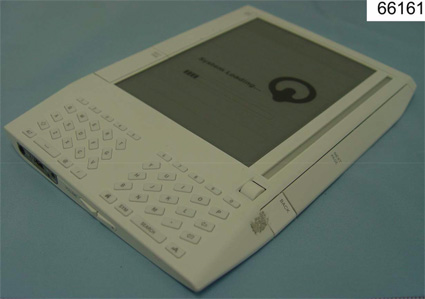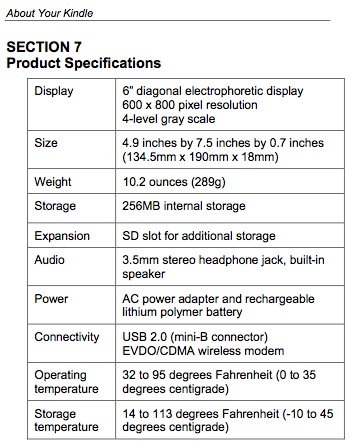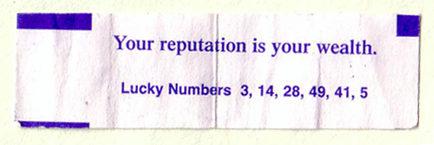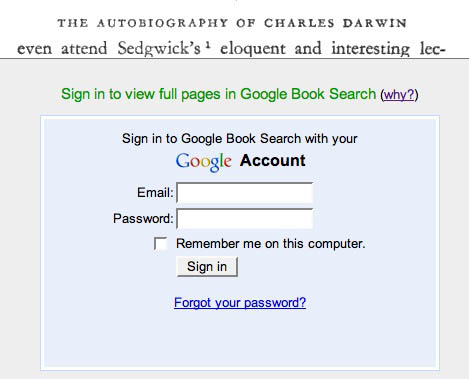On Demand Books has installed an Espresso Book Machine in the New York Public Library’s Science, Industry, and Business Library and is offering to print books for anyone who comes by to request one. Their machine has been running since June (and will run until the end of the month), but the Internet seems to have only taken just notice of it and there was a flurry of publicity this past week. I went over to 34th Street to take a look at it on Wednesday afternoon (just after the New York Times visited, I think).
They’ve installed the machine prominently on the first floor of the library. It’s about the size of a small car and it looks like a bunch of laser printers were smashed together and a computer was stuck on top. Signs explain why it looks jerryrigged: this machine is a prototype, “On Demand Books Espresso Book Machine Model 1.5,” although the Model 2, about half the size and looking much more sleek, is on the way. While the press release suggested that anyone could come up and start printing out books, in reality the machine was cordoned off from the public and being run by an operator.
For this demonstration, there’s a list of 20 available titles: the usual assortment of out of print Open Content Alliance books (Dickens, Tom Sawyer, Beatrix Potter), a couple of scientific papers (Einstein, also out of print; a paper from the AMS), and two recent ones related to the venture: Jason Epstein’s Book Business, which made the case for machines like this being the future of bookselling in 2001, and Chris Anderson’s The Long Tail. And one odd one: Faulkner’s Three Famous Short Novels, published by Vintage in 1942, which is still in copyright (and in print). The operator suggested that Moby-Dick would take too long to print – because it’s so long, it would be printed in two volumes – and tried to get me to choose The Long Tail, which is nice and short. I wanted something that I’d actually read and I was curious about how the Faulkner volume wound up in the list, so I went for it. Was I sure I didn’t want The Long Tail? I was sure.
The operator clicked a button on the computer’s display and the machine soon started making printing sounds. This continued for the next fifteen minutes. First the pages of the book were printed; they were printed on standard 8.5” x 11” paper, double-sided. The Faulkner book has around 160 leaves; this took a long time, and was exactly as exciting as waiting for a printer to print 160 pages. When all the pages were printed, they were apparently moved to another part of the machine where glue was applied to one edge. (While the machine has translucent sides, it’s hard to see what’s going on inside it for the most part.) They were moved down to another printer, this one color, which printed the cover on thicker stock. The cover was then glued to the pages and folder around them. Finally, the book was moved to the last section, where it was clamped down and rotated three times to cut off the extra trim, making a book that’s about 5” x 7”. The waste paper dropped down to a bin at the bottom of the machine; the newly minted book came out a slot in the front of the machine. The operator picked it up and handed it to me.
How does it look? It looks like a cheap paperback. My copy wasn’t quite cut right and there’s a little spur of excess paper rising from the top right corner, which gives it a modicum of uniqueness. Like the other Open Content-printed books that I’ve seen, the print isn’t wonderful: they seem to be working from screen-resolution scans of the books, and they appear notably grainy when printed. It looks very much like a book that someone photocopied on a copier with the contrast set a bit too high. But like a photocopied book, it’s certainly legible. It’s worth pointing out that this grainy quality is a function of the scan rather than the machine: a copy of The Long Tail looked just like a PDF printed through a regular laser printer would look. It still doesn’t look like a regularly printed book, but it certainly works as proof of concept.
More importantly, what does it mean? While there’s certainly work that needs to be done on these machines, they certainly seem viable. Epstein proposed these machines as a solution for a single problem: the unavailable backlist. It’s not hard to imagine, however, that a decade from now the entire bookstore will have been replaced by one of these machines at the FedExKinkosBarnes&Noble. Holding my copy of Faulkner in my hands, the overwhelming feeling was one of cheapness: the book had been reduced, finally, to being a disposable consumer object, available as easily as a latte at Starbuck’s. The books that the Espresso was putting out every twenty minutes existed for demonstration purposes: although passersby oohed and ahed at the possibility of the machine and happily took the sample books, I sensed that the books probably wouldn’t be read.
We’ve noted here how young people don’t tend to keep CDs: when they buy them, they immediately rip them into the computer, often throwing away the packaging and the CD itself. Over the past five years, music stores have been closing at a precipitous clip; so have video rental stores. There hasn’t been a tremendous outcry about this: we get enough out of the convenience of the iTunes store or Netflix that we don’t care that Tower Records went under and that Blockbuster is struggling. What happens if the book goes in this direction? It’s certainly technically possible – both Google’s book-scanning project and the Espresso machine demonstrate that. But technology has moved faster than our sense of how our culture will be affected. There’s a discussion here that needs to happen.


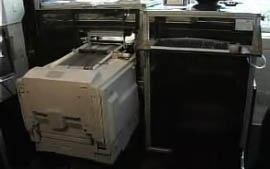 Predicated on the “long tail” paradigm of sustained low-amplitude sales over time (known in book publishing as the backlist), these machines would, according to Epstein, replace the publishing system that has been in place since Gutenberg, eliminating the intermediate steps of bulk printing, warehousing, retail distribution, and reversing the recent trend of consolidation that has depleted print culture and turned book business into a blockbuster market.
Predicated on the “long tail” paradigm of sustained low-amplitude sales over time (known in book publishing as the backlist), these machines would, according to Epstein, replace the publishing system that has been in place since Gutenberg, eliminating the intermediate steps of bulk printing, warehousing, retail distribution, and reversing the recent trend of consolidation that has depleted print culture and turned book business into a blockbuster market.